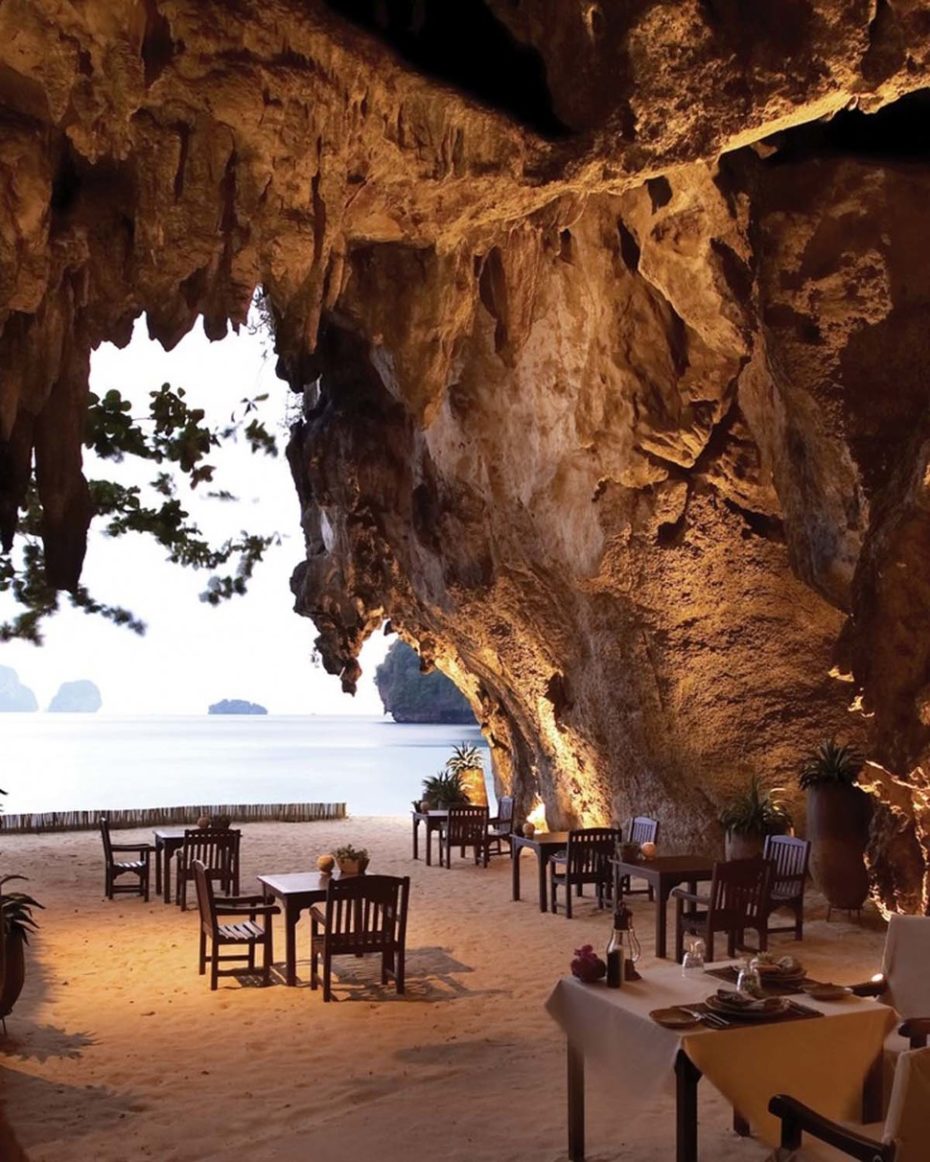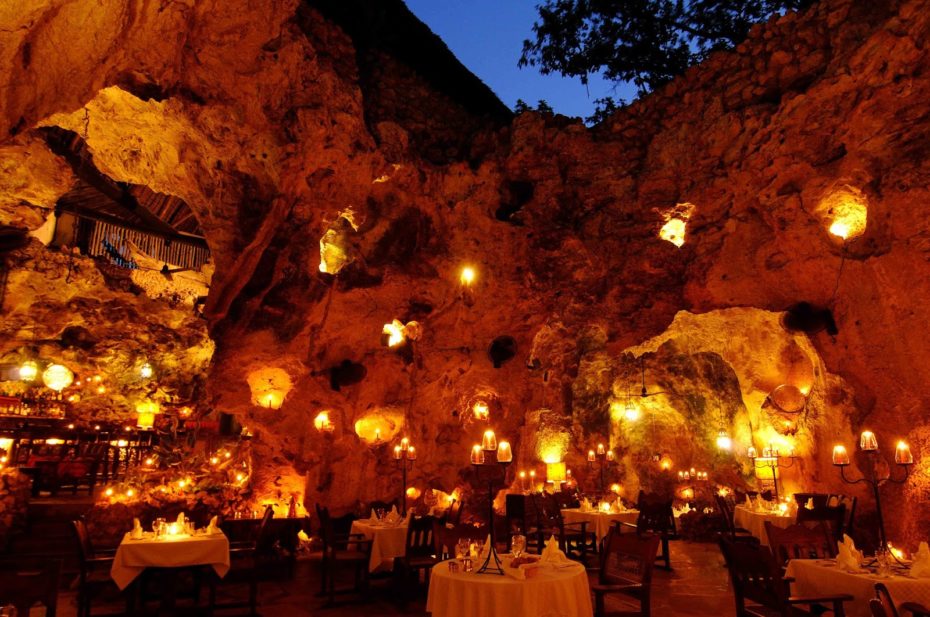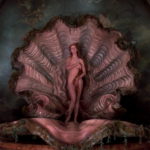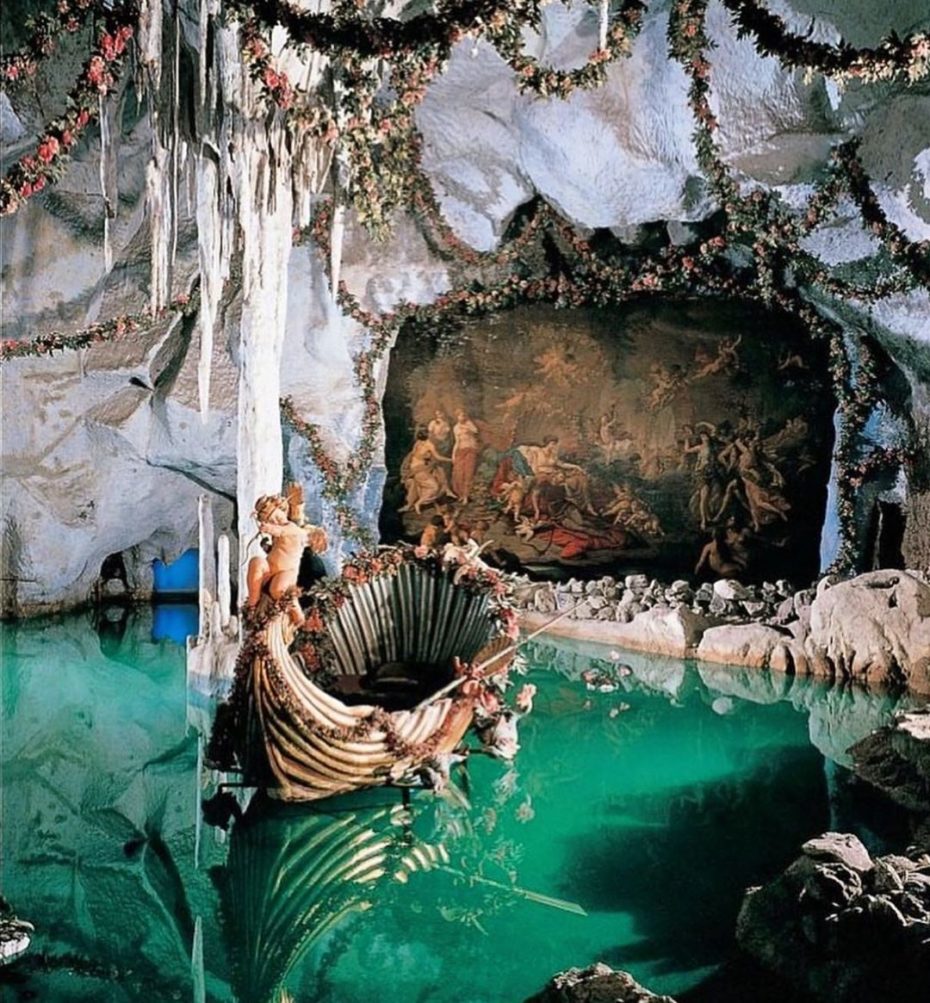
You know how there’s always one room at a party where the action is really going down? The Greeks and Romans saw grottos as a place for sensual, Dionysian desires to unfold; the stage of Venus, goddess of love. In contrast, these mystical chambers also became shrine-like places of feverish religious worship for Roman Catholics. From the sensual to the holy, the artistic to the isolated, they’ve all got one thing in common: a talent for beckoning us into their fairytale caverns…
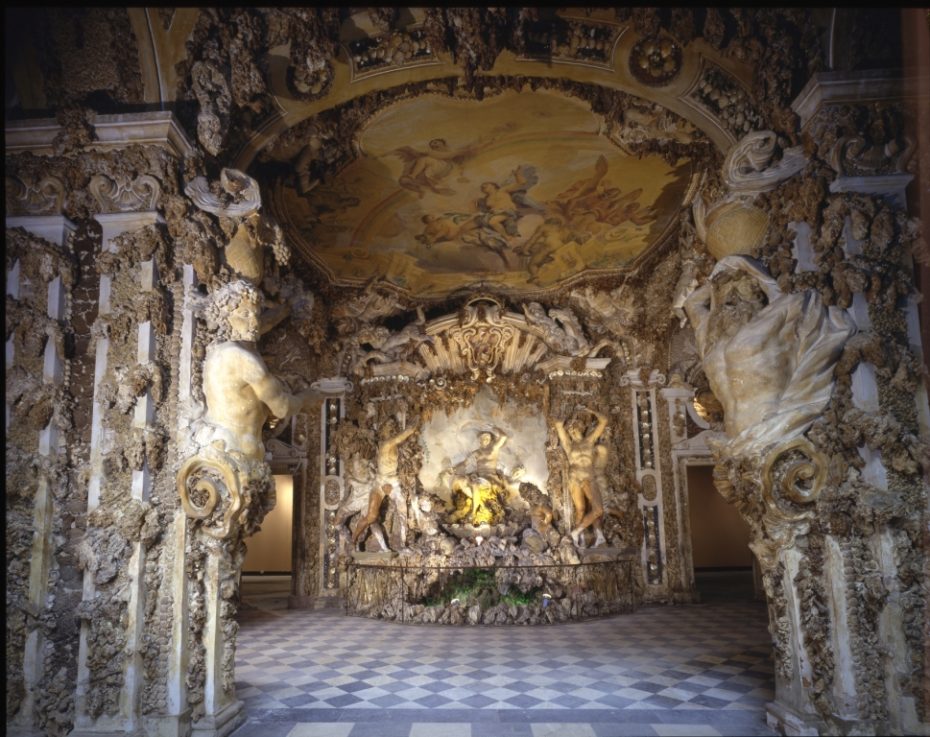
Now, a cave does not necessarily a grotto a make – although every grotto is cavernous, to a degree. Natural grottos are usually located near some kind of water source, while artificial grottos can be, but mostly take aesthetic note from the fanciful forms of the sea. The trend spread across Europe, on scales large and small from the 17th century onward. The Italians were especially good at it…
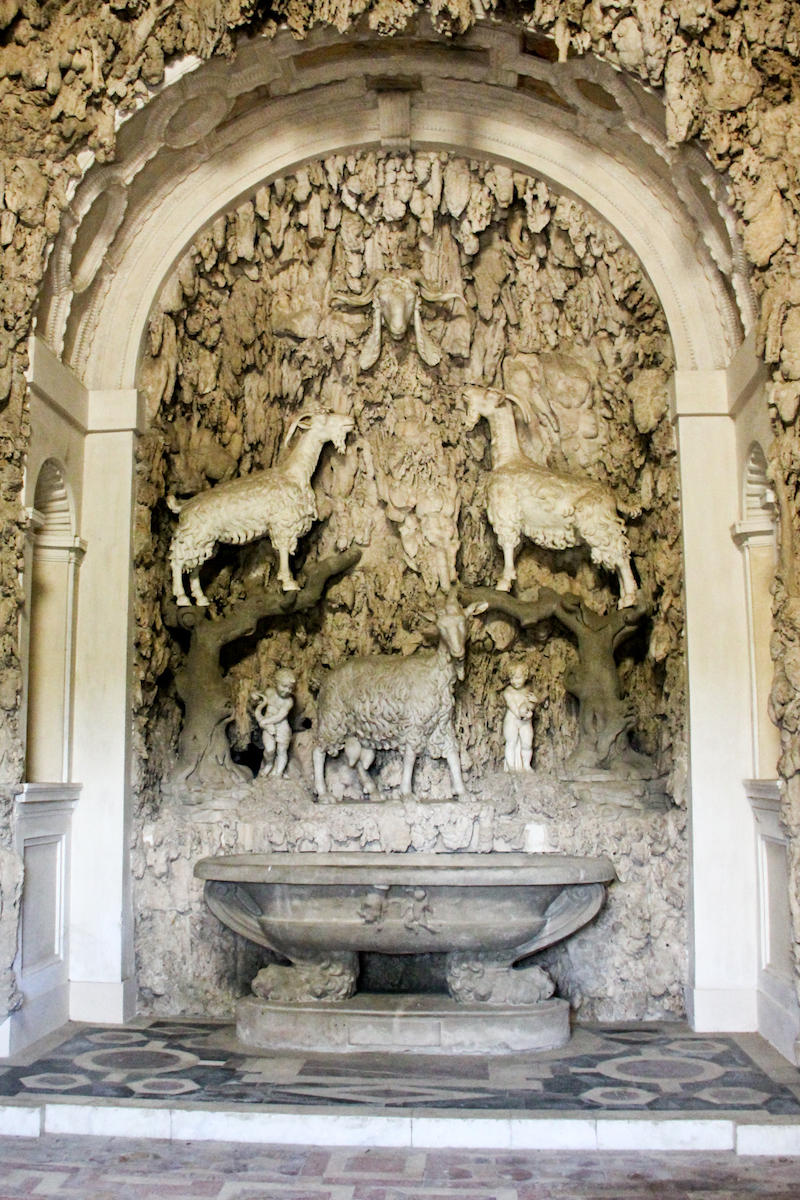
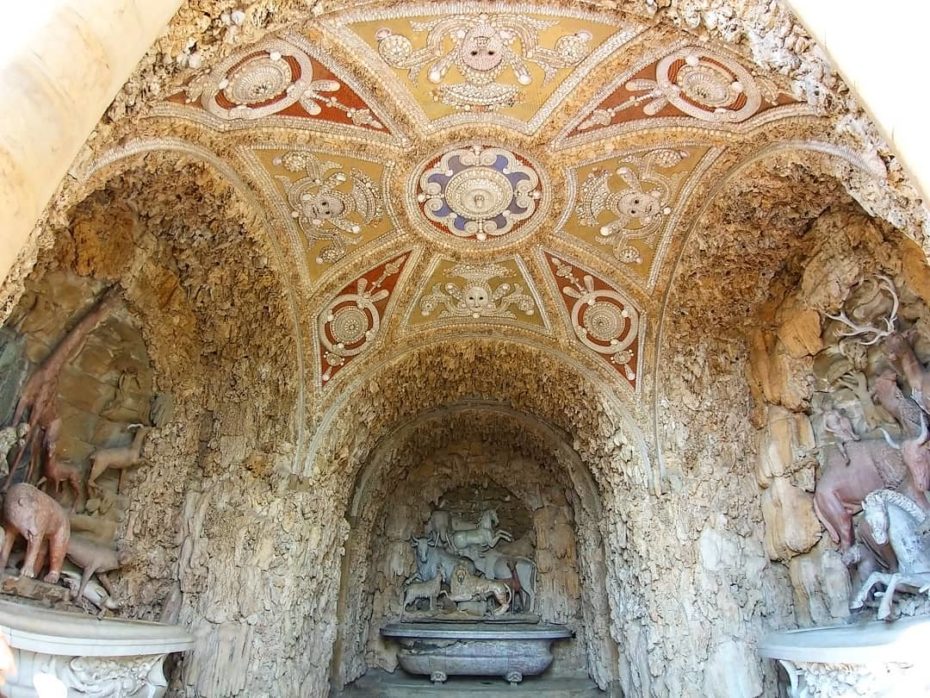
il.giardino.di.villadicastello / Instagram
The Villa Di Castello has been standing in the hills of Florence since the 15th century. As time went on, the Medici brothers (famous for their whimsy and love of partying) tricked it out with all kind of follies, including complicated aqueducts and gardens.
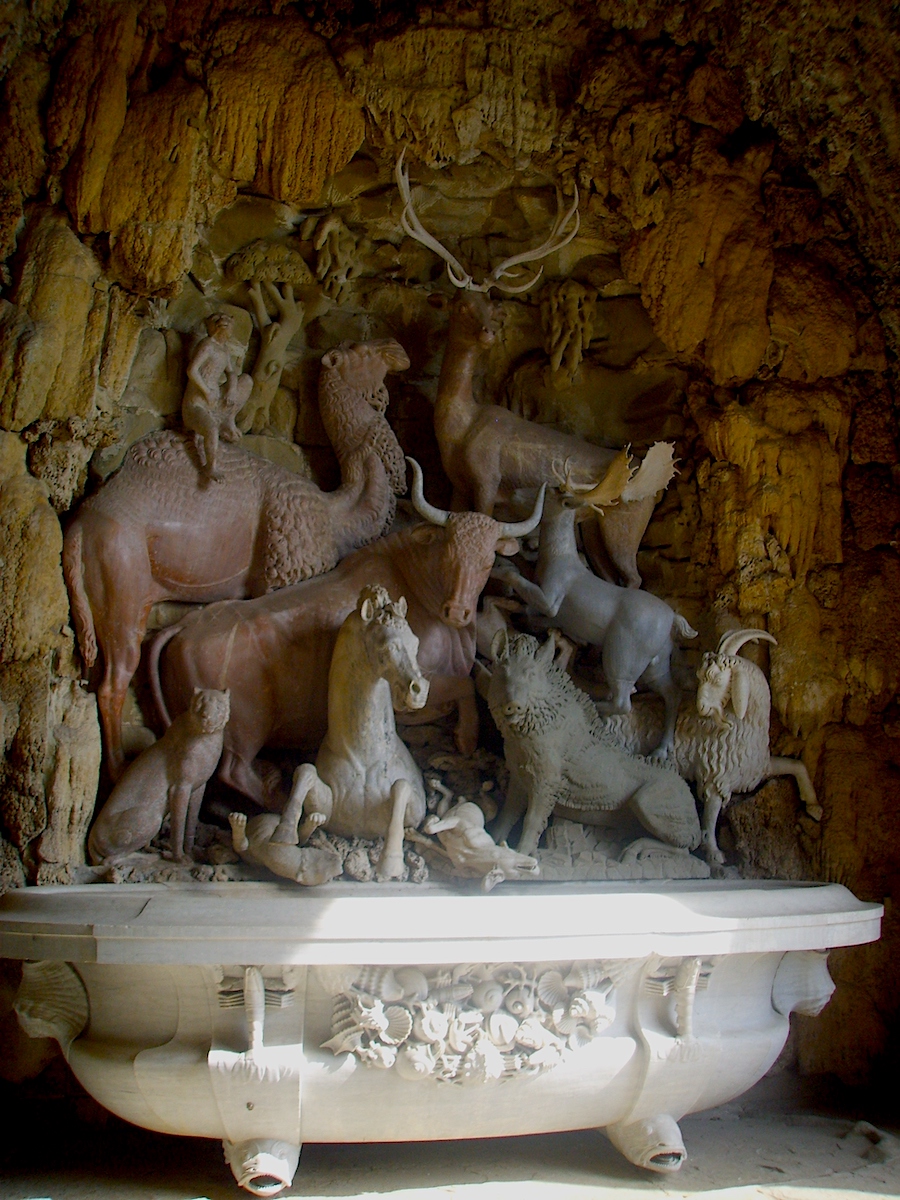
This was “The Water Garden”, which was crawling with carved animals of land and sea.
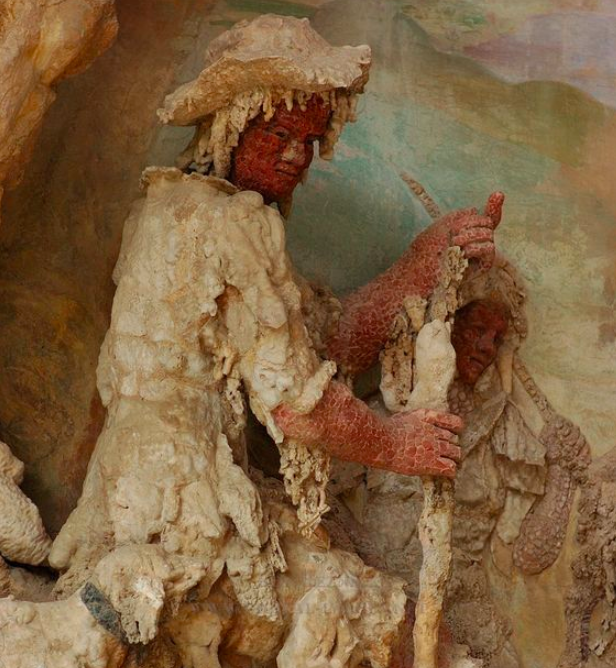
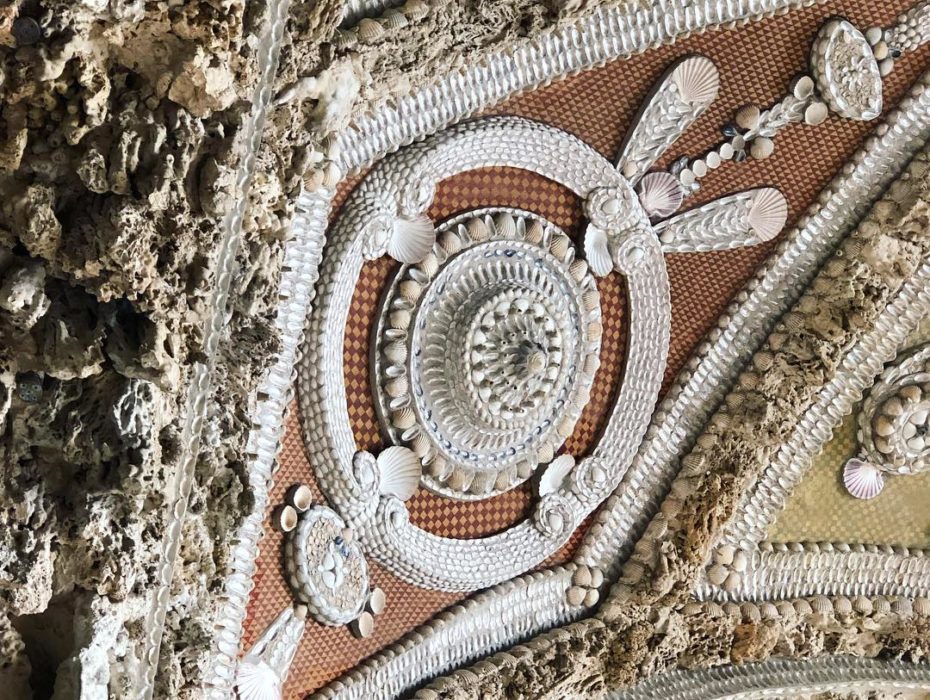
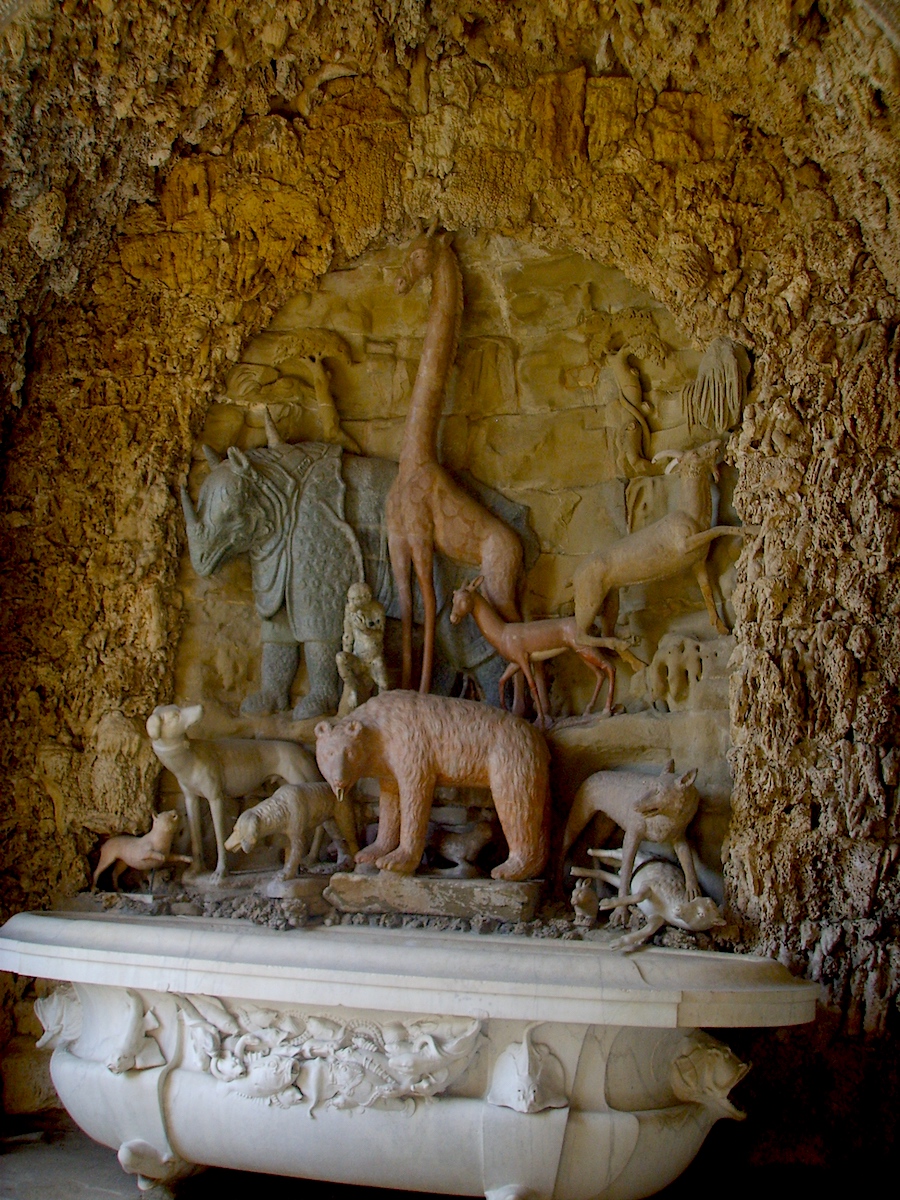
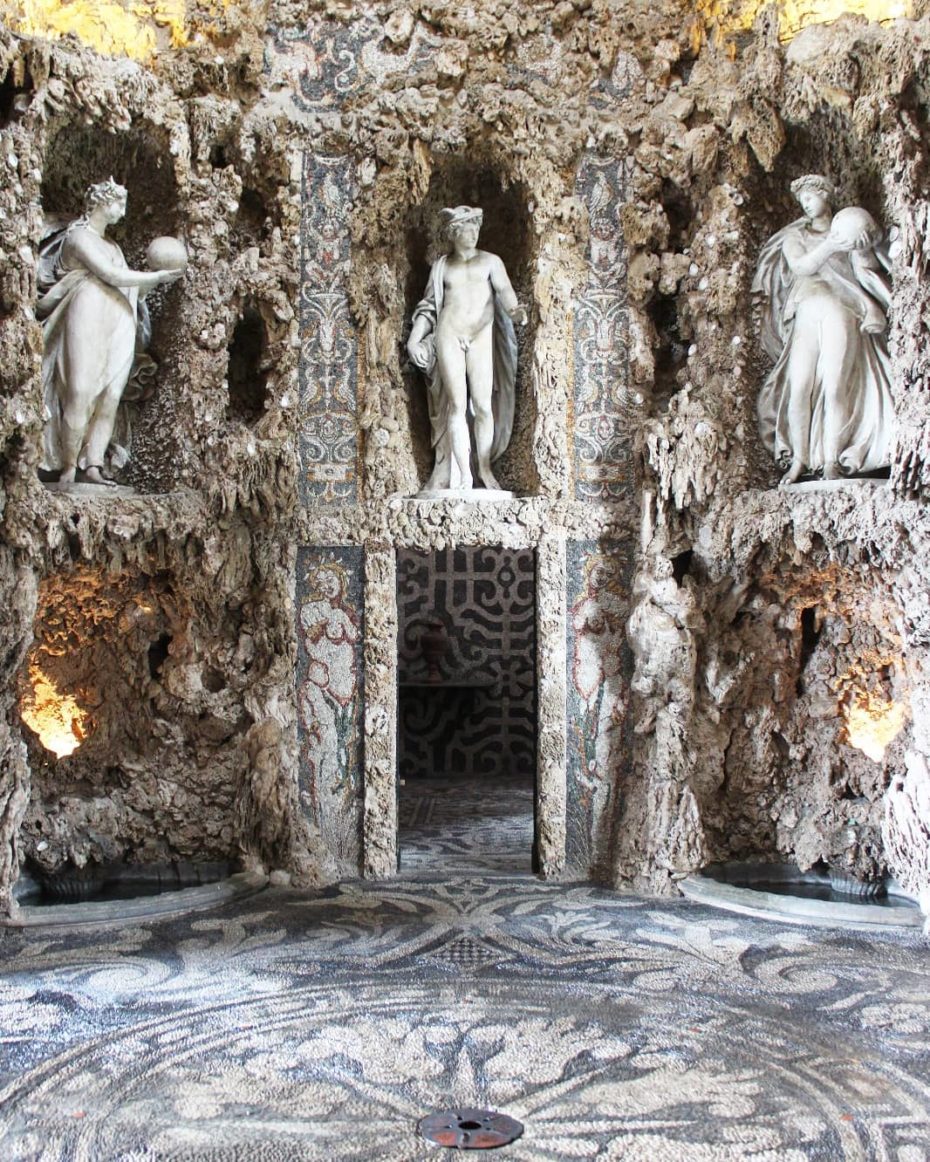
Meanwhile in Milano, the Parco di Villa Litta was being built in 1687. This baby boasts some serious (and still functioning) water works, as well as a grotto that seems to crawl out of the buildings exterior…
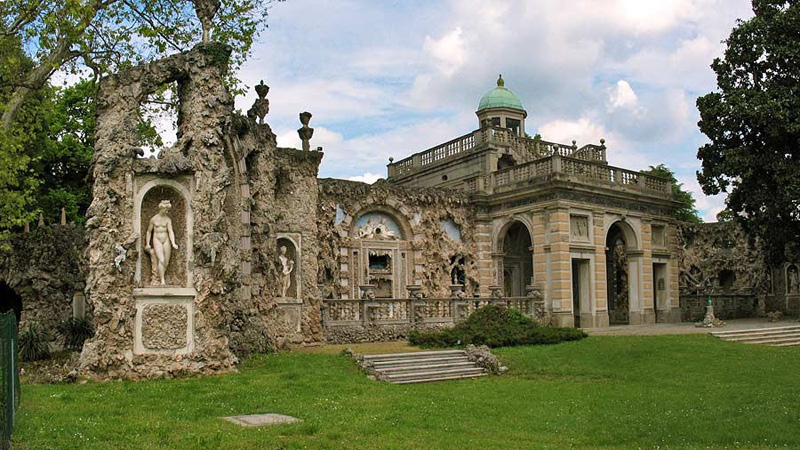
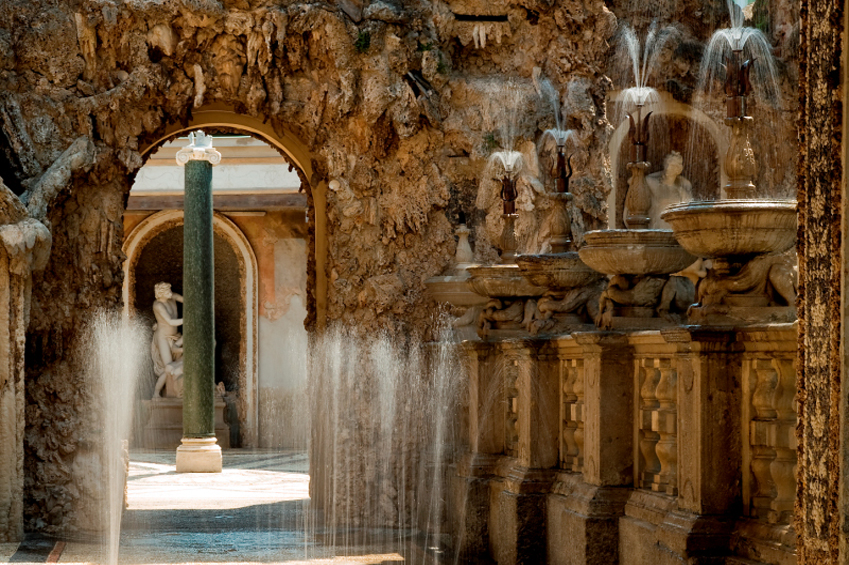
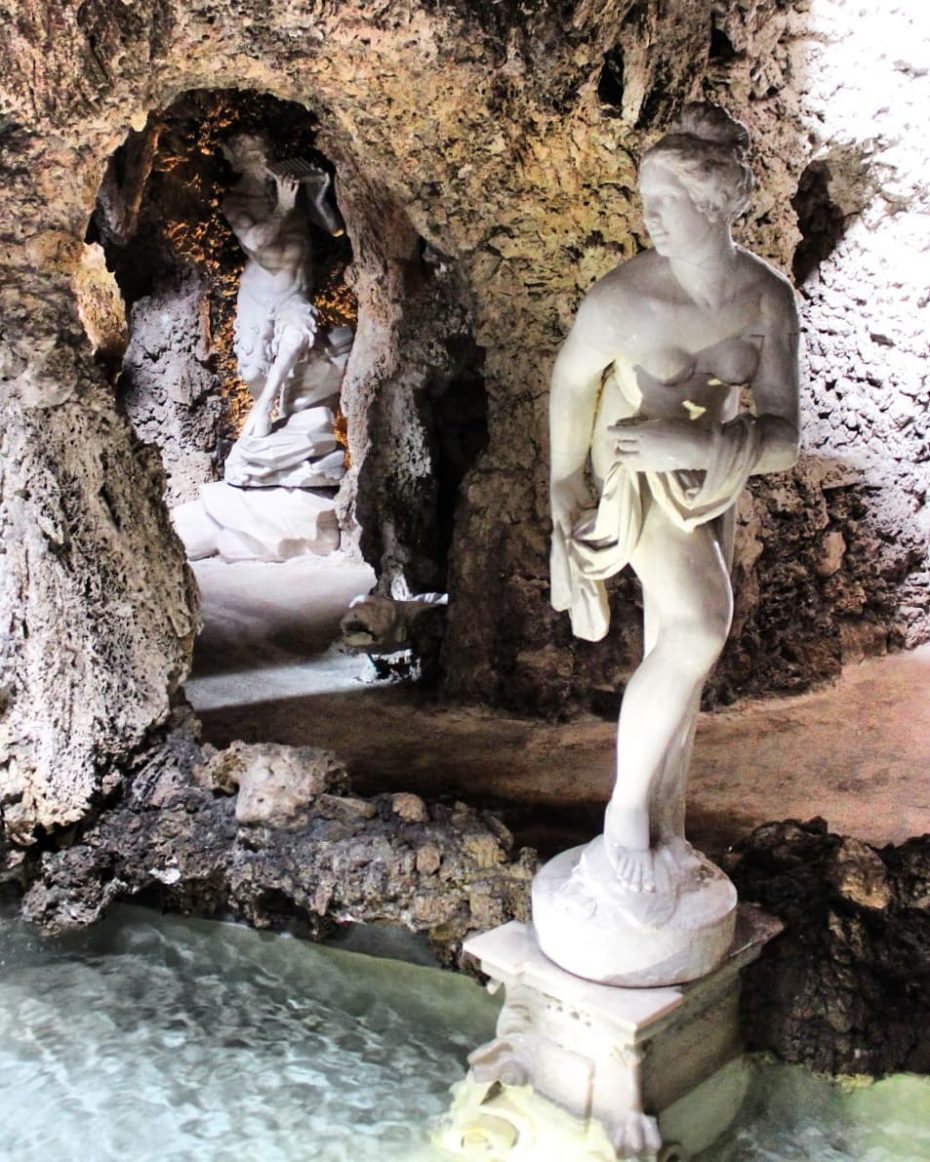
In 18th century France, “Rocaille” became the term for a lavish decorating style inspired by the grottos, and the generous curves and curls of their seashells. It was the pinnacle of over-the-top design, paving the way for Rococo and inspiring every European aristocrat worth his salt to make a personal grotto for his own ornamental, live-in garden gnome (a real vocation).
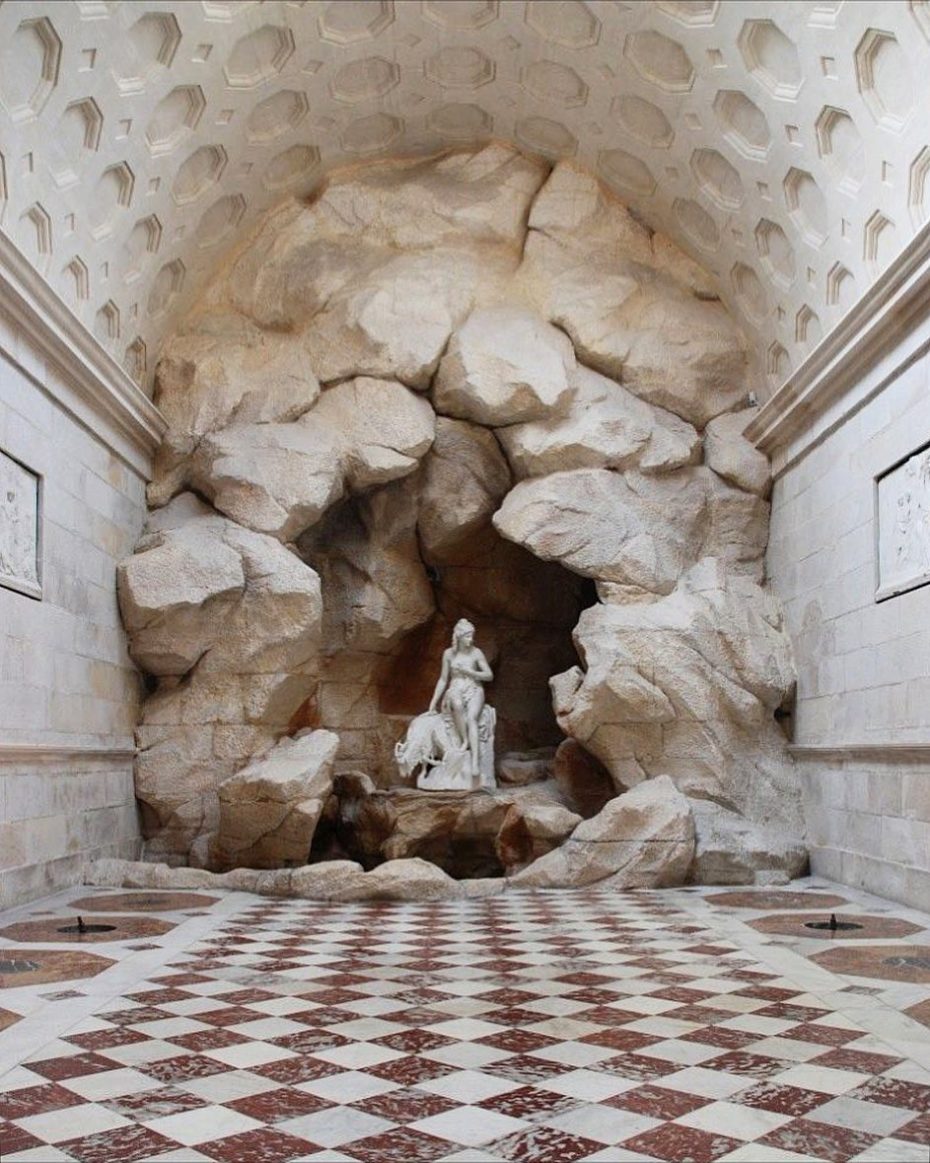
The grotto pictured above was a gift to Marie Antoinette from her husband, added to the grounds of the Château de Rambouillet (30 miles southwest of Paris) in 1787. Built to keep the queen entertained and cool from the summer heat while Louis XIV went hunting, no expense was spared. The extravagant folly was actually a lavish but functional dairy, where Marie Antoinette could sample the produce fresh from the farm, ceremoniously served in fine china and poured from porcelain buckets. In the temple-like surroundings, complete with a magnificent nymph’s grotto, no doubt the queen and her entourage were pleased. The chateau and its dairy is open for visitation from April through September.

Early indigenous cultures often delegated grottos to shamanistic use while the Greeks and Romans saw them as oracle territory, nymph premises, or the perfect place for Odysseus to fight a one-eyed giant. They were obscured from light, but not the divine.
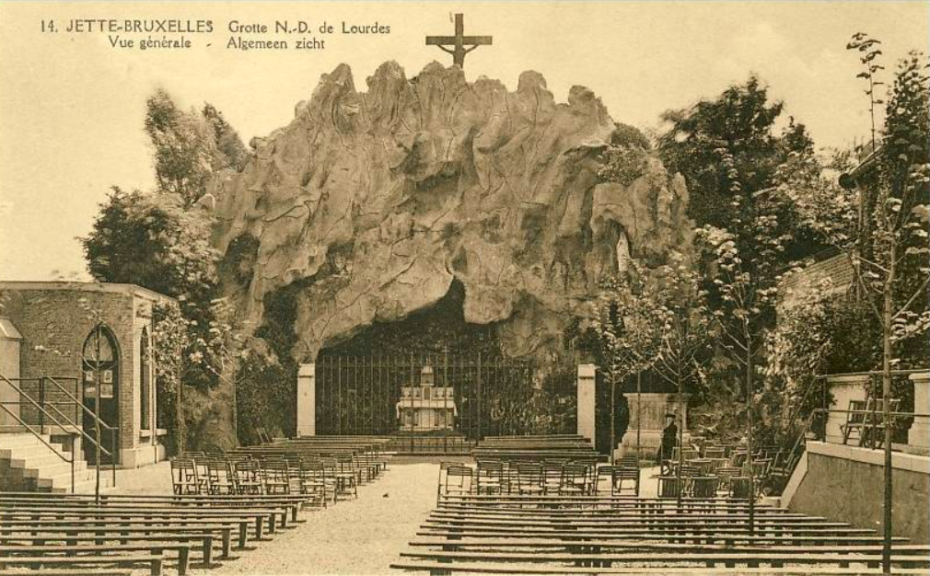
Consider the grotto in Lourdes, France, where Saint Bernadette Soubirous claimed to have her first sighting of the Virgin Mary in its depths in 1858. Since then, Soubirous has been canonised and Lourdes draws six million visitors annually, as arguably the most famous grotto on the planet – there’s even a 24/7 live stream camera of the grotto.
No one, to our knowledge, has been canonised after seeing a holy apparition in the supermarket. The enchanting, grotto setting certainly would have lent her story a certain attraction and cachet.
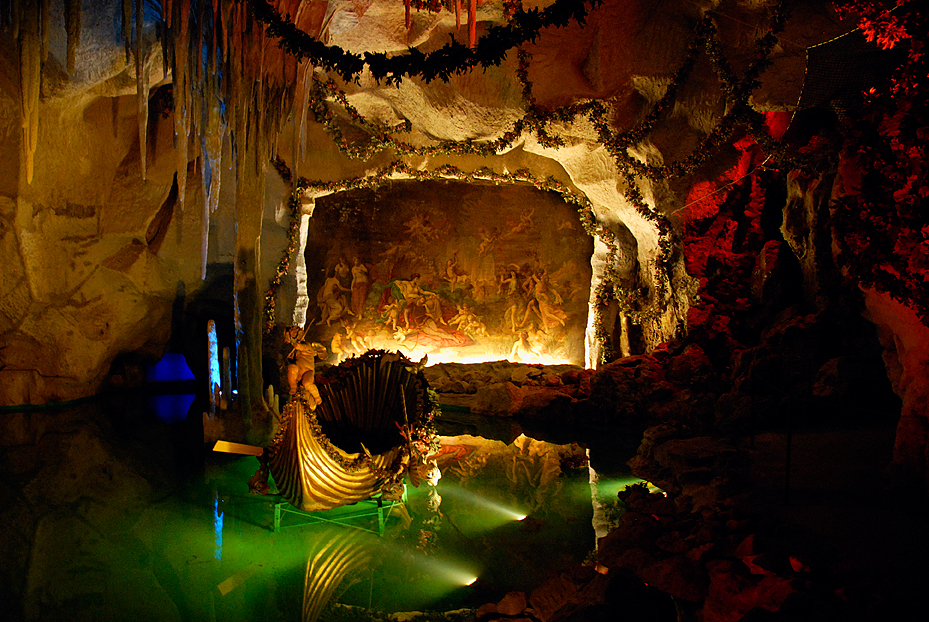
The “Mad King” Ludwig II of Bavaria was famous for his construction of elaborate palaces and built a few sea caves of his own. On the grounds of Germany’s Linderhof Palace, you can find his “Venus Grotto”, built in 1876, inspired by a scene in the first act of the Wagner opera. The king would have his servants row him around in the shell-shaped boat a gilt boat in the shape of a shell. The grotto which also features a “royal seat” and a folkloric rock formation was lit by arc lights powered by one of the first electricity works in Bavaria. The famous grotto is currently closed for restoration, but we look forward to its big reveal in 2023.
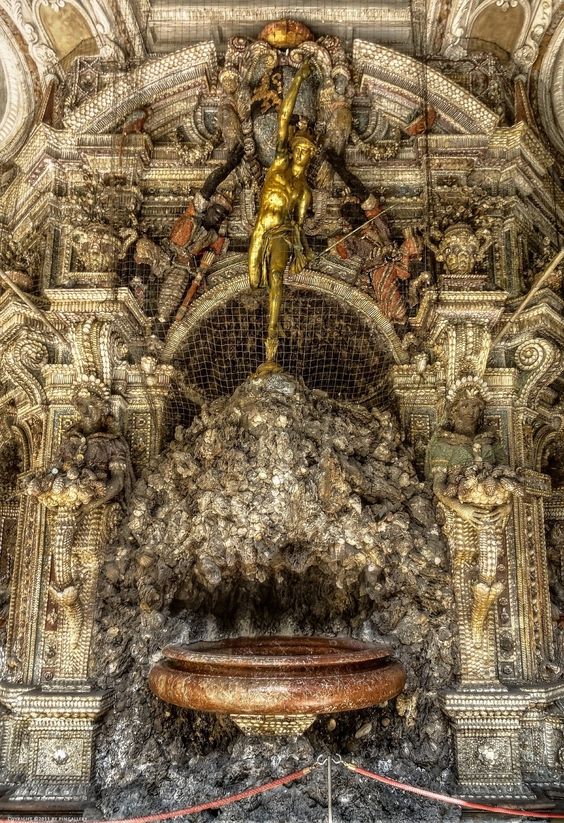
The Residenz in Munich, Germany is the former royal palace and truly massive. The groundbreaking was in 1385, and it expanded into a 130-something room mini-city. Unsurprisingly, the fairytale grotto below was added on by the Mad King Ludwig II. Hey, dude liked his grottos.
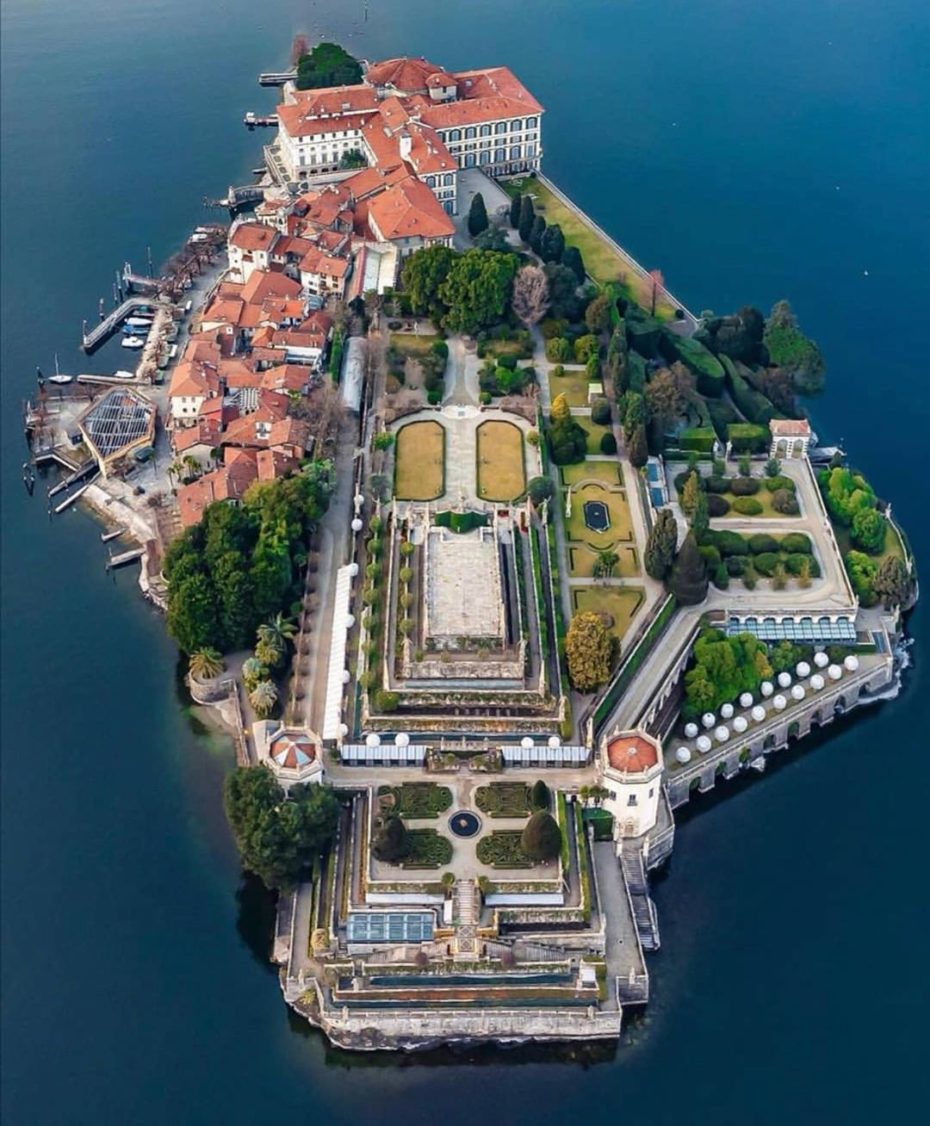
Back in Lazio, Italy, welcome to Isola Bella – the Beautiful Island – one of the islands of the Lago Maggiore in the north, this gem is only about 300 metres long and 400 metres wide. Meaning it’s basically 100% Italianate gardens, with layers of grottos. Let’s zoom in…
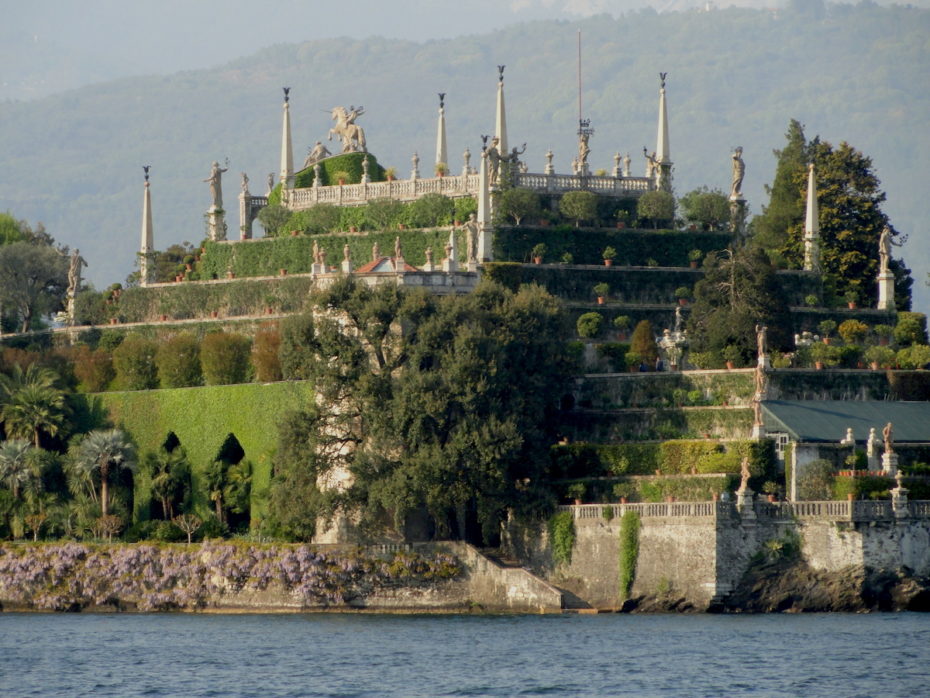
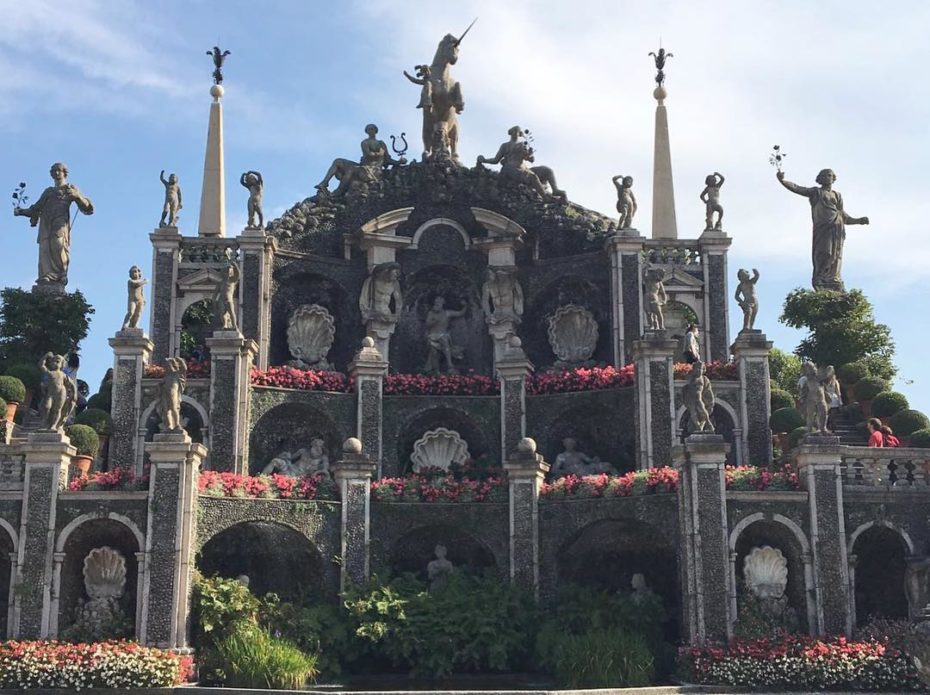
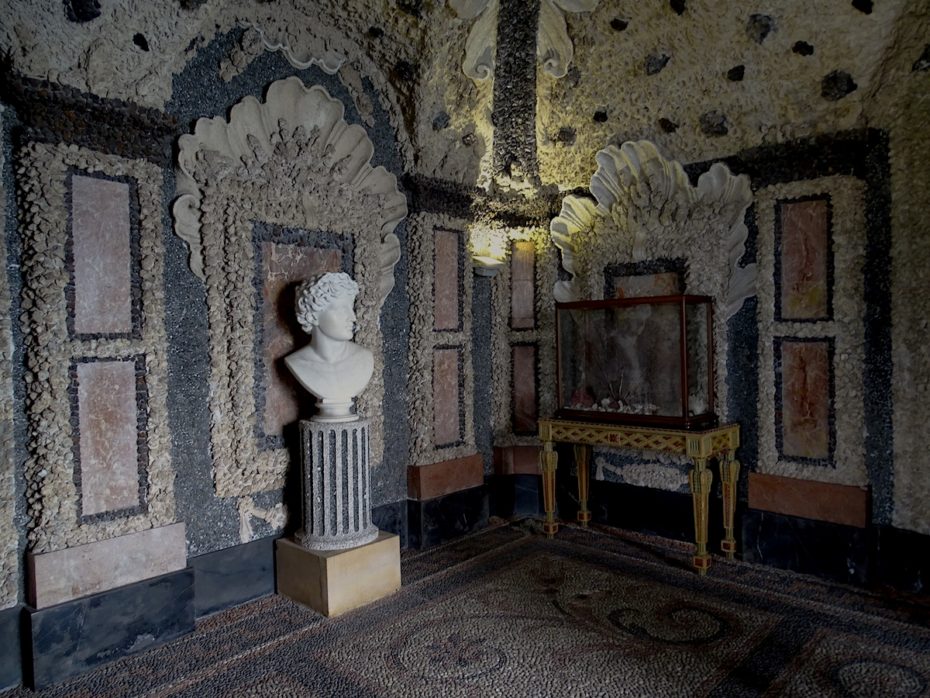
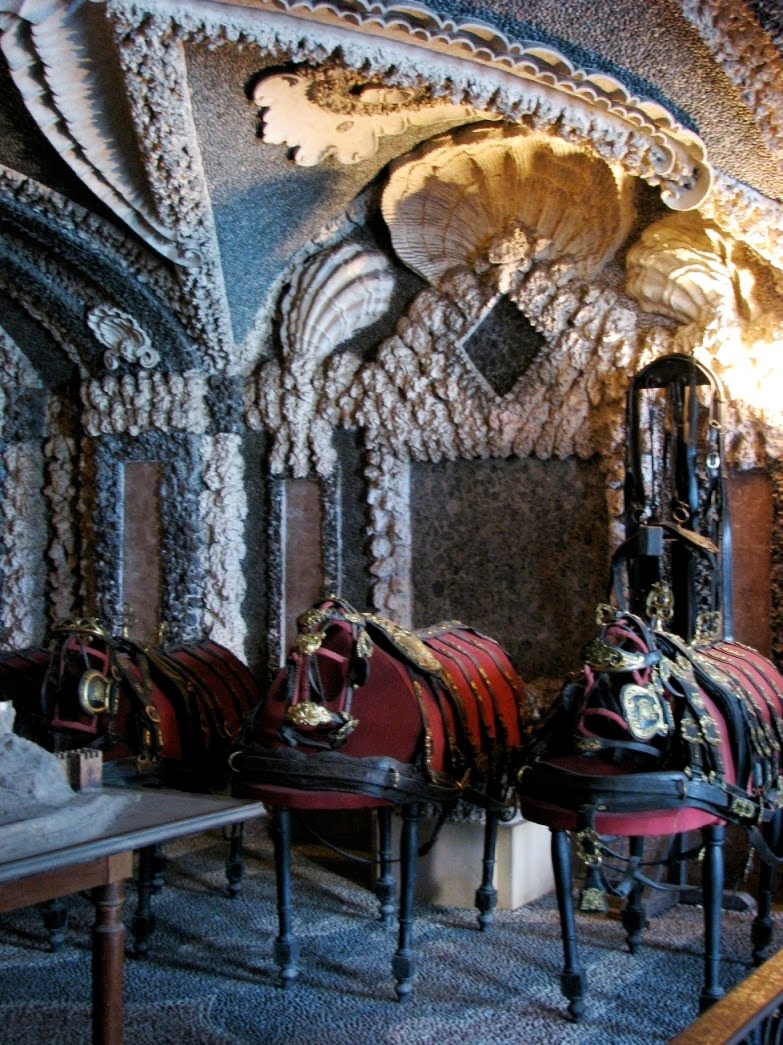
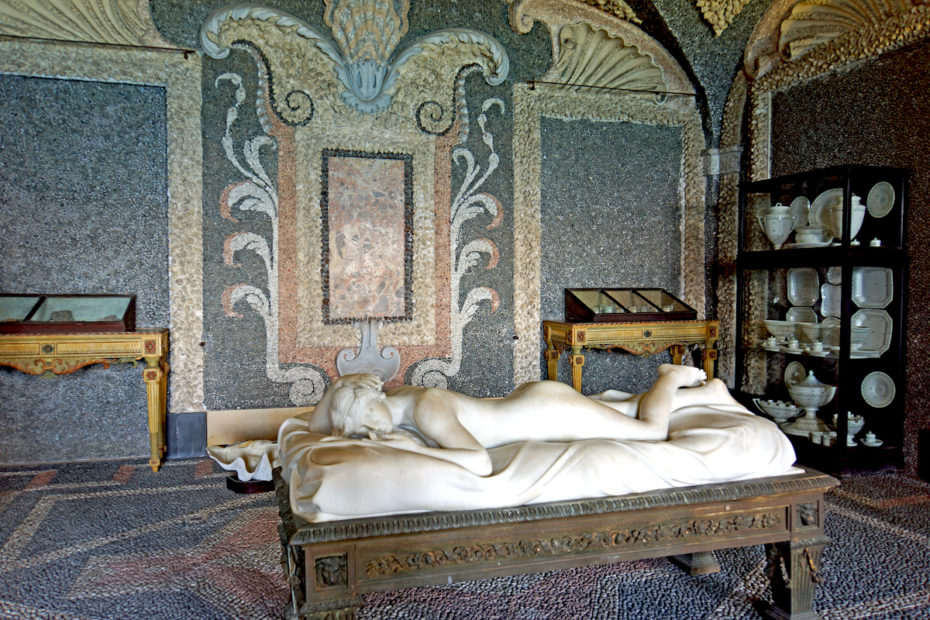
And if you couldn’t have a grotto, you could at least have some dramatic, grotto inspired tableaux or furniture…
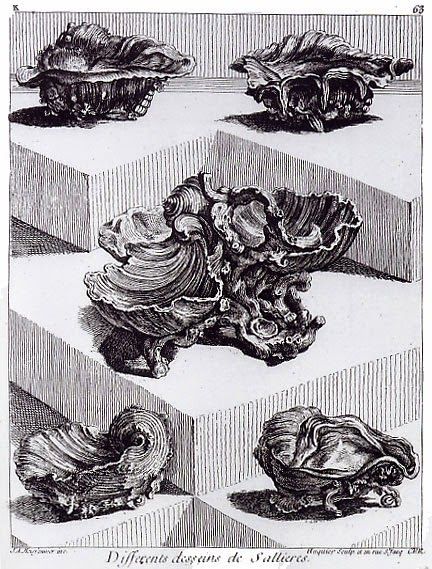
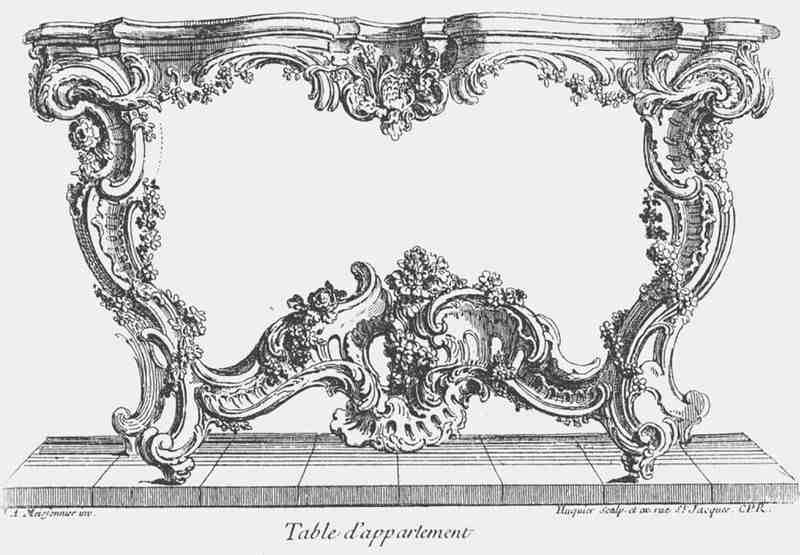
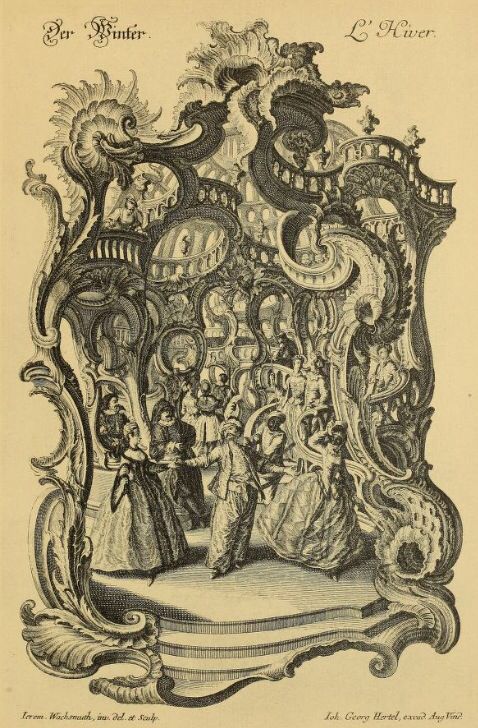
The 17th century Dutch artist Rombout van Troyen had a real knack for capturing their mystery and drama:
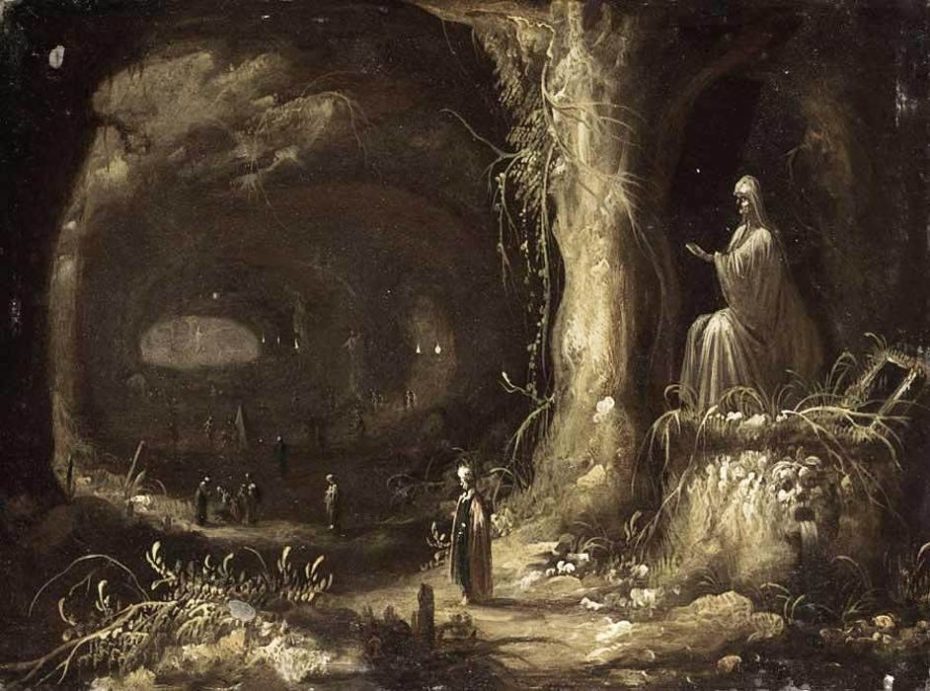
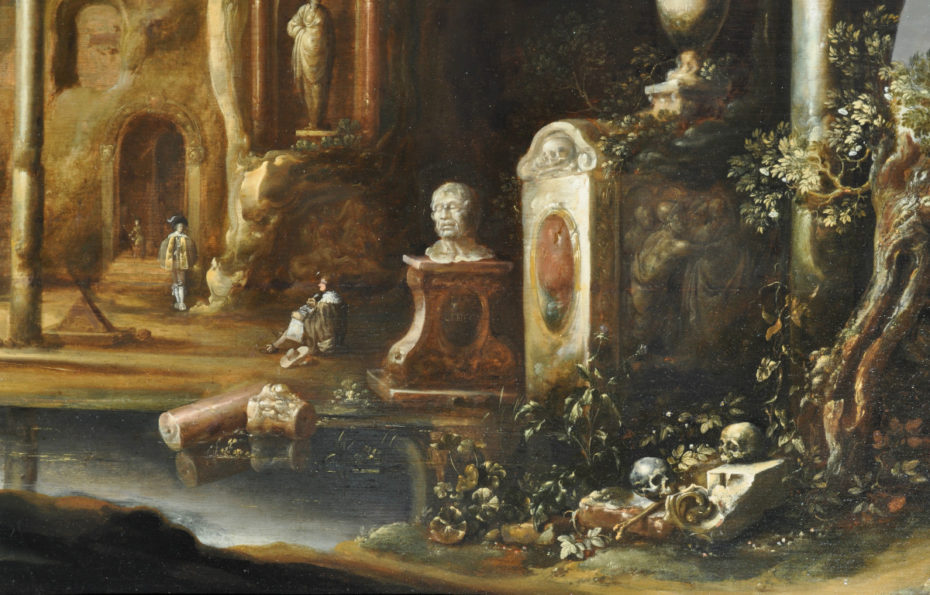
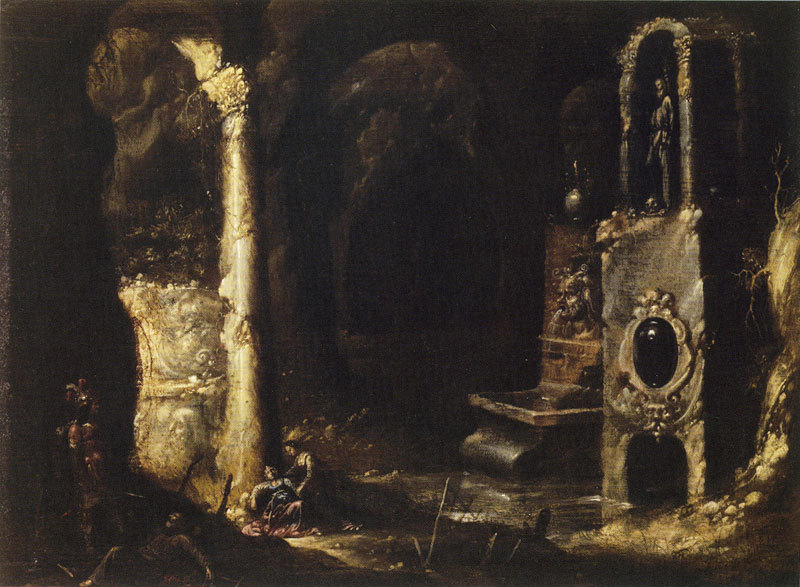
Though they’ve never really been out of style, caves and grottos found particular relevance in the hearts of Spiritualists in the 19th century and beyond, notably with all of the shell-art grottos in England.
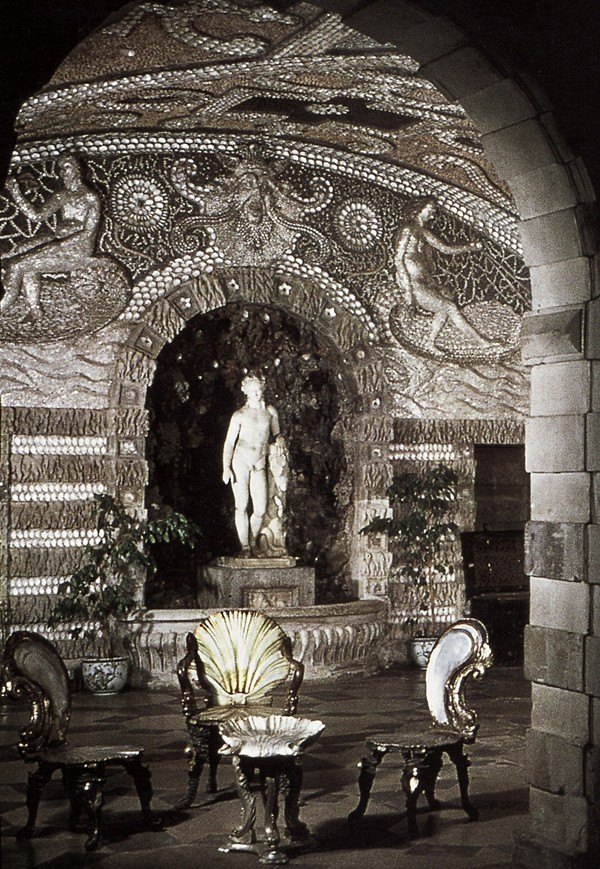
Grottos have only continued to blossom since then, and although these days we won’t advise scouting out two tons of clam shells to make your own folly, the their artistry can still be appreciated as an escape for the senses.
Personally, we’d advise getting your grotto on by pinning down, say, a restaurant inside a sea cave…
